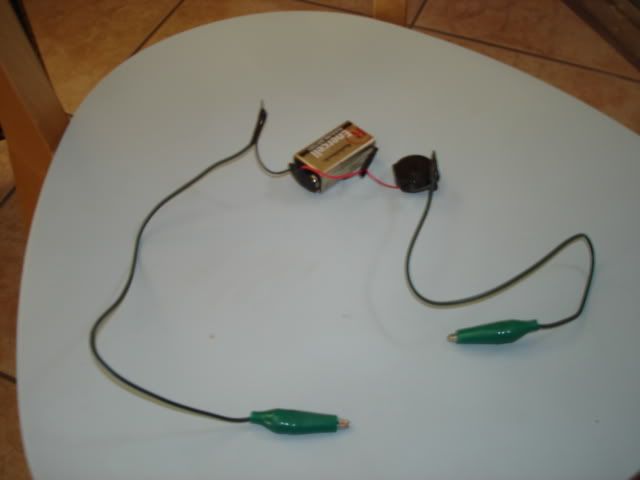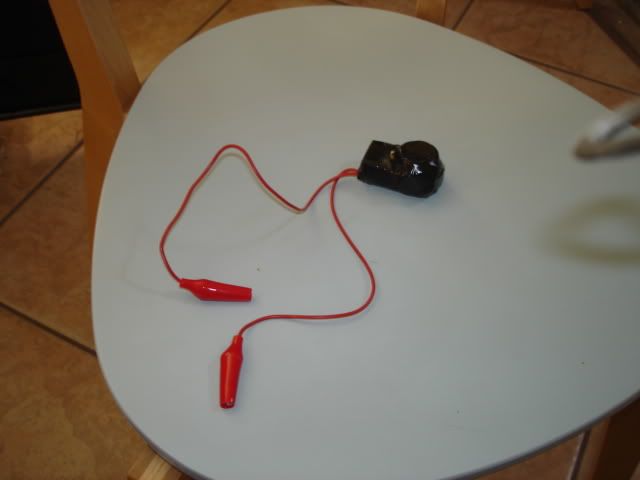Cow
Senior Member
- Location
- Eastern Oregon
- Occupation
- Electrician
I guess I don't understand why folks are pulling all the same color wires in conduit and then ringing them out later to identify them? I've always used number tags and labeled the wires before I pulled them in.
Label wire, cover labels with tape prior to pulling, stick matching number label to the side of the spool, pull wire in, pull label off spool and attach to wire, cut. Done.
Label wire, cover labels with tape prior to pulling, stick matching number label to the side of the spool, pull wire in, pull label off spool and attach to wire, cut. Done.



